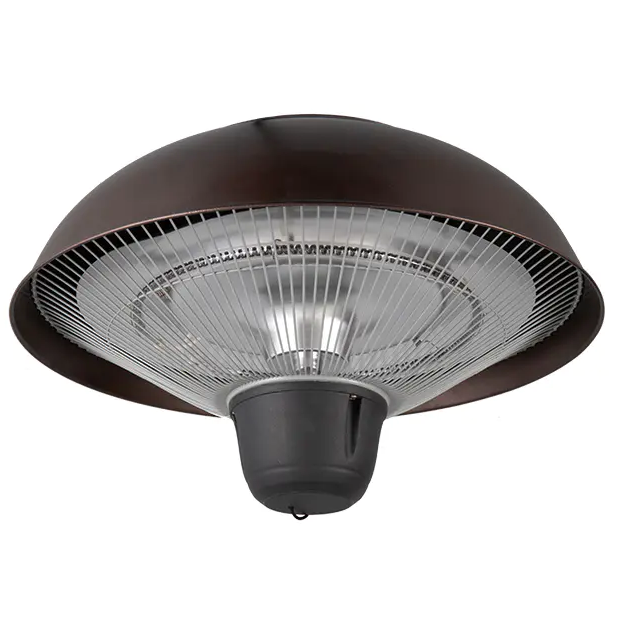Summary:Ceiling heater technology has seen several innovations and advancements in recent years, aimed at improving efficiency, ...
Ceiling heater technology has seen several innovations and advancements in recent years, aimed at improving efficiency, convenience, and overall user experience. Here are some notable innovations in ceiling heater technology:
Energy-efficient heating elements: Traditional ceiling heaters often used inefficient heating elements, such as incandescent bulbs. However, modern advancements have introduced energy-efficient alternatives like infrared heating elements, which convert most of the input energy into heat. These elements provide more effective and focused heating, reducing energy consumption and increasing efficiency.
Smart controls and automation: The integration of smart technology has revolutionized ceiling heaters. Many modern ceiling heaters now come with smart controls and automation features, allowing users to control the heating remotely through smartphones or voice commands. These smart heaters can be programmed to turn on and off at specific times, adjust temperature settings, and even learn user preferences for optimized heating.
Zone heating capabilities: Zone heating is a significant advancement in ceiling heater technology, enabling users to heat specific areas or zones within a room. This feature is particularly useful in larger spaces, where heating the entire area may not be necessary. With zone heating, users can direct heat to the areas where it's needed most, reducing energy waste and improving comfort.
Enhanced safety features: Safety is always a crucial consideration in heater technology. Modern ceiling heaters incorporate advanced safety features such as overheat protection, tip-over protection, and automatic shutoff mechanisms. These features help prevent accidents and ensure safe operation of the heater.
Improved design and aesthetics: Ceiling heaters have become more visually appealing and seamlessly blend with modern interior designs. Manufacturers now offer sleek and stylish designs that complement various room aesthetics. Some ceiling heaters are designed to be flush-mounted, minimizing their visibility and creating a clean, unobtrusive look.
Energy-saving sensors: Ceiling heaters equipped with occupancy sensors or motion detectors are becoming more popular. These sensors detect when a room is occupied, and the heater adjusts its output accordingly. When no movement is detected for a certain period, the heater automatically lowers its output or switches to standby mode, conserving energy when not needed.
Noise reduction technology: Advancements in fan and motor technology have resulted in quieter ceiling heaters. Manufacturers have focused on reducing noise levels during operation, ensuring a more peaceful and comfortable environment for users.
Integration with smart home systems: Many ceiling heaters can now integrate with smart home systems, allowing users to control their heating along with other smart devices in their homes. Integration with voice assistants like Amazon Alexa or Google Assistant enables seamless control of the ceiling heater through voice commands.
These innovations and advancements in ceiling heater technology have greatly improved energy efficiency, convenience, safety, and overall user experience, making them more appealing and effective heating solutions for both residential and commercial spaces.



 China Steam Cleaning Machine SuppliersPrivacy
China Steam Cleaning Machine SuppliersPrivacy